Home>Gardening & Outdoor>Landscaping Ideas>When To Grub Control For Lawns


Landscaping Ideas
When To Grub Control For Lawns
Modified: March 21, 2024
Learn when to apply grub control for your lawn to maintain a healthy and vibrant landscape. Discover effective landscaping ideas for optimal lawn care.
(Many of the links in this article redirect to a specific reviewed product. Your purchase of these products through affiliate links helps to generate commission for Storables.com, at no extra cost. Learn more)
Introduction
Landscaping is an art form that transforms outdoor spaces into captivating havens, and a lush, healthy lawn is often the centerpiece of this natural masterpiece. However, maintaining a vibrant lawn requires vigilance, as various pests and issues can threaten its vitality. Grubs, the larvae of certain beetles, are among the most notorious adversaries of a pristine lawn. Understanding when to implement grub control measures is crucial for preserving the beauty and health of your lawn.
Grub control is a fundamental aspect of lawn care that demands attention and proper timing to effectively mitigate potential damage. By comprehending the life cycle of grubs and recognizing the signs of their presence, you can strategically address this issue and safeguard your lawn from their destructive impact.
In this comprehensive guide, we will delve into the nuances of grub control for lawns, shedding light on the best practices, optimal timing, and effective methods for addressing grub infestations. By the end of this journey, you will be equipped with the knowledge and insight needed to protect your lawn from the pernicious influence of grubs, ensuring that it flourishes with vitality and allure.
Key Takeaways:
- Protect your lawn from grubs by understanding their life cycle and signs of infestation. Implement control measures in late spring to early summer or early fall for optimal results.
- Combat grub infestations with cultural practices, natural predators, targeted treatments, and professional assistance. Safeguard your lawn’s health and beauty with a multifaceted approach.
Read more: When To Apply Grub Control For Lawns
Understanding Grub Control
Grub control is a vital component of lawn maintenance, as these subterranean pests can wreak havoc on grass roots, leading to unsightly brown patches and weakened turf. To effectively combat grubs, it’s essential to comprehend their life cycle and behavior. Grubs typically emerge from eggs laid in the soil by adult beetles, such as Japanese beetles or June bugs. Once hatched, the voracious larvae feed on grassroots, causing extensive damage if left unchecked.
Implementing grub control involves disrupting this life cycle at strategic points to prevent widespread infestation and mitigate the potential harm to your lawn. By understanding the stages of grub development, you can identify the optimal timing for intervention, ensuring that your efforts yield the best possible results.
Moreover, it’s crucial to be mindful of the environmental impact of grub control methods. While addressing grub infestations, it’s important to prioritize eco-friendly solutions that minimize harm to beneficial insects and the overall ecosystem. Striking a balance between effective grub control and environmental responsibility is key to fostering a sustainable and thriving lawn.
As we delve deeper into the realm of grub control, we will explore the signs of grub infestation, the best timing for implementing control measures, and the various methods available to combat these persistent pests. By gaining a comprehensive understanding of grub control, you can fortify your lawn against potential threats and nurture a verdant, resilient landscape.
Signs of Grub Infestation
Recognizing the signs of a grub infestation is pivotal in addressing the issue before significant damage occurs. While grubs primarily dwell beneath the soil, their detrimental impact on the health of your lawn often manifests in visible indicators. Understanding these signs empowers you to take proactive measures to protect your turf from potential devastation.
One of the most conspicuous signs of a grub infestation is the appearance of brown, wilting patches on the lawn. These areas may feel spongy underfoot, indicating that the grassroots have been compromised by the feeding activity of the grubs. Additionally, as the grubs consume the roots, the affected turf becomes increasingly detached from the soil, making it susceptible to wilting and discoloration.
Another telltale sign of grub presence is the attraction of foraging animals, such as skunks, raccoons, and birds, to the affected areas. These creatures are drawn to the grubs as a food source, and their vigorous digging and foraging behavior can exacerbate the damage to the lawn, leaving unsightly patches and upturned soil in their wake.
Moreover, as the infestation progresses, you may notice an influx of beetles hovering above the lawn, particularly during their mating season. Adult beetles lay eggs in the soil, perpetuating the cycle of grub infestation. Observing heightened beetle activity can serve as an early warning sign of potential grub issues, prompting proactive intervention to disrupt their life cycle.
By remaining vigilant and attuned to these signs, you can swiftly identify and address grub infestations, curbing their impact on your lawn and preserving its lush, verdant allure. In the following sections, we will explore the optimal timing for implementing grub control measures and the diverse methods available for combating these persistent pests.
Apply grub control for lawns in late spring or early summer when the grubs are small and actively feeding near the soil surface. This is the most effective time to prevent damage to your lawn.
Best Time for Grub Control
Timing is paramount when it comes to implementing effective grub control measures. The optimal window for addressing grub infestations typically coincides with their vulnerable life stages, ensuring that your efforts yield the greatest impact. Understanding the life cycle of grubs is instrumental in determining the best time to initiate control measures.
In general, late spring to early summer and early fall are considered the prime periods for grub control. During these times, the young grubs are actively feeding near the surface of the soil, making them more susceptible to control treatments. Targeting these stages disrupts the life cycle of the grubs, curbing their population and mitigating potential damage to the lawn.
Furthermore, conducting a thorough assessment of your lawn during late summer can provide valuable insights into the presence and severity of a grub infestation. By inspecting the turf for signs of wilting, sponginess, and increased animal activity, you can gauge the need for proactive grub control measures and plan accordingly.
It’s important to note that the best time for grub control may vary based on regional climate and the specific species of beetles prevalent in your area. Consulting with local landscaping experts or extension services can offer invaluable guidance tailored to your geographical location and the unique challenges it presents.
By aligning your grub control efforts with the optimal timing, you can effectively safeguard your lawn from potential damage and nurture a resilient, thriving turf. In the following section, we will explore the diverse methods available for combating grub infestations, empowering you to make informed decisions regarding the protection of your lawn.
Methods of Grub Control
Combatting grub infestations necessitates a multifaceted approach that encompasses various effective control methods. From natural remedies to targeted treatments, a range of options exists to address grub populations and safeguard the health of your lawn.
1. Cultural Practices: Implementing cultural practices that promote a healthy lawn can fortify its resilience against grub infestations. Proper irrigation, aeration, and regular mowing contribute to robust turf growth, reducing the susceptibility of the grass to damage caused by grubs.
2. Natural Predators: Encouraging the presence of natural predators, such as nematodes and certain bird species, can aid in controlling grub populations. Beneficial nematodes, microscopic organisms that parasitize grubs, offer a natural and eco-friendly approach to managing these pests.
3. Chemical Treatments: Utilizing targeted insecticides and nematode-based products can effectively mitigate grub infestations. These treatments are designed to disrupt the life cycle of grubs, curbing their population and preventing extensive damage to the lawn. It’s crucial to follow application guidelines and prioritize environmentally responsible products when opting for chemical control methods.
4. Biological Control: Introducing microbial insecticides containing Bacillus thuringiensis (Bt) can provide an eco-friendly means of addressing grub infestations. Bt products target specific insect larvae, including grubs, while posing minimal risk to beneficial organisms and the environment.
5. Professional Assistance: Seeking guidance from landscaping professionals or pest control experts can offer tailored solutions for addressing grub infestations. These specialists can assess the severity of the infestation, recommend targeted treatments, and provide ongoing maintenance strategies to preserve the health and beauty of your lawn.
By integrating these methods and tailoring them to the unique needs of your lawn, you can effectively combat grub infestations and nurture a vibrant, resilient turf. Understanding the diverse approaches to grub control empowers you to make informed decisions and safeguard your outdoor oasis from the pernicious influence of these subterranean pests.
Read more: What Is The Best Grub Control For Lawns
Conclusion
As stewards of our outdoor sanctuaries, it is imperative to remain vigilant in preserving the health and allure of our lawns. Grub control stands as a crucial aspect of this endeavor, offering a means to protect the turf from the insidious impact of subterranean pests. By understanding the nuances of grub control, including the signs of infestation, optimal timing, and diverse methods available, we can fortify our lawns against potential damage and nurture flourishing landscapes.
Recognizing the signs of a grub infestation, such as wilting patches, spongy turf, and increased animal activity, empowers us to swiftly identify and address potential issues. This proactive approach allows us to intervene during the optimal periods for grub control, disrupting the life cycle of these pests and curbing their population before significant harm occurs.
Furthermore, embracing a multifaceted approach to grub control, encompassing cultural practices, natural predators, targeted treatments, and professional guidance, equips us with a diverse toolkit for preserving the vitality of our lawns. By integrating these methods and tailoring them to the unique needs of our outdoor spaces, we can effectively combat grub infestations and foster resilient, thriving turf.
Ultimately, by delving into the realm of grub control, we gain the knowledge and insight needed to protect our lawns from the pernicious influence of these subterranean adversaries. Through mindful observation, strategic intervention, and a commitment to environmentally responsible practices, we can cultivate landscapes that captivate the senses and provide a tranquil retreat for all who wander through their verdant embrace.
As we embark on this journey of nurturing and safeguarding our outdoor havens, let us embrace the wisdom of effective grub control, ensuring that our lawns flourish with vitality, resilience, and enduring beauty.
Frequently Asked Questions about When To Grub Control For Lawns
Was this page helpful?
At Storables.com, we guarantee accurate and reliable information. Our content, validated by Expert Board Contributors, is crafted following stringent Editorial Policies. We're committed to providing you with well-researched, expert-backed insights for all your informational needs.
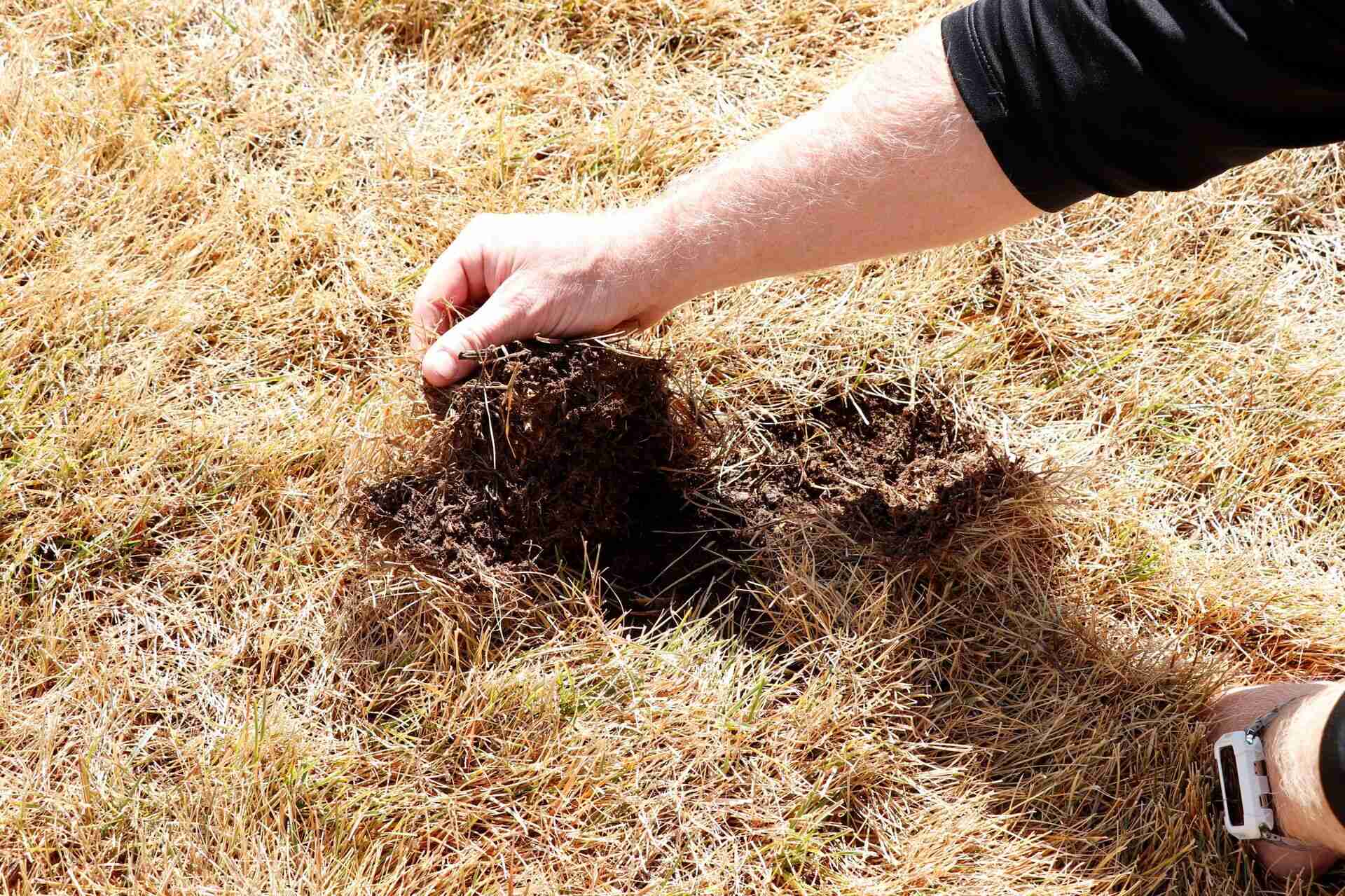
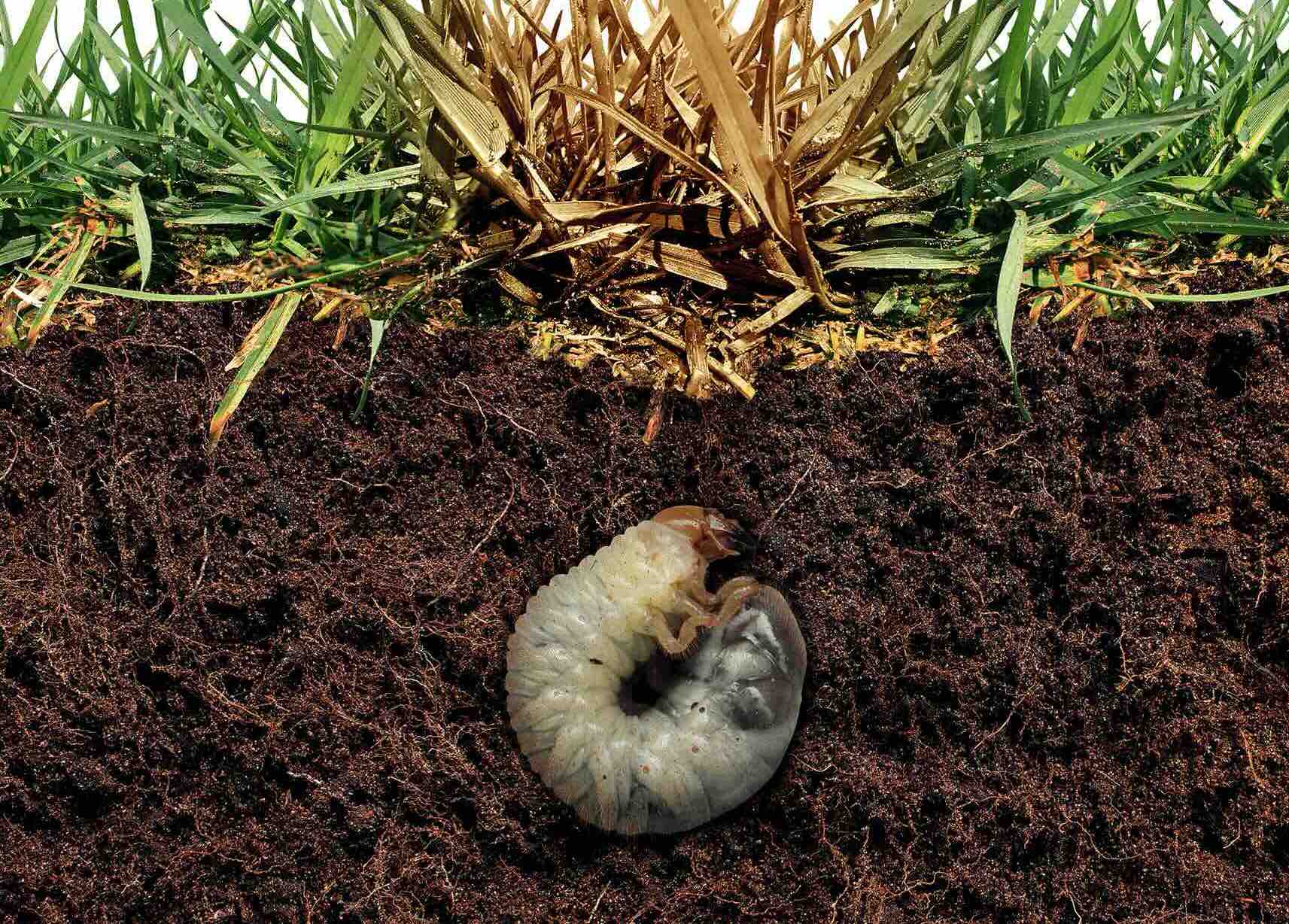
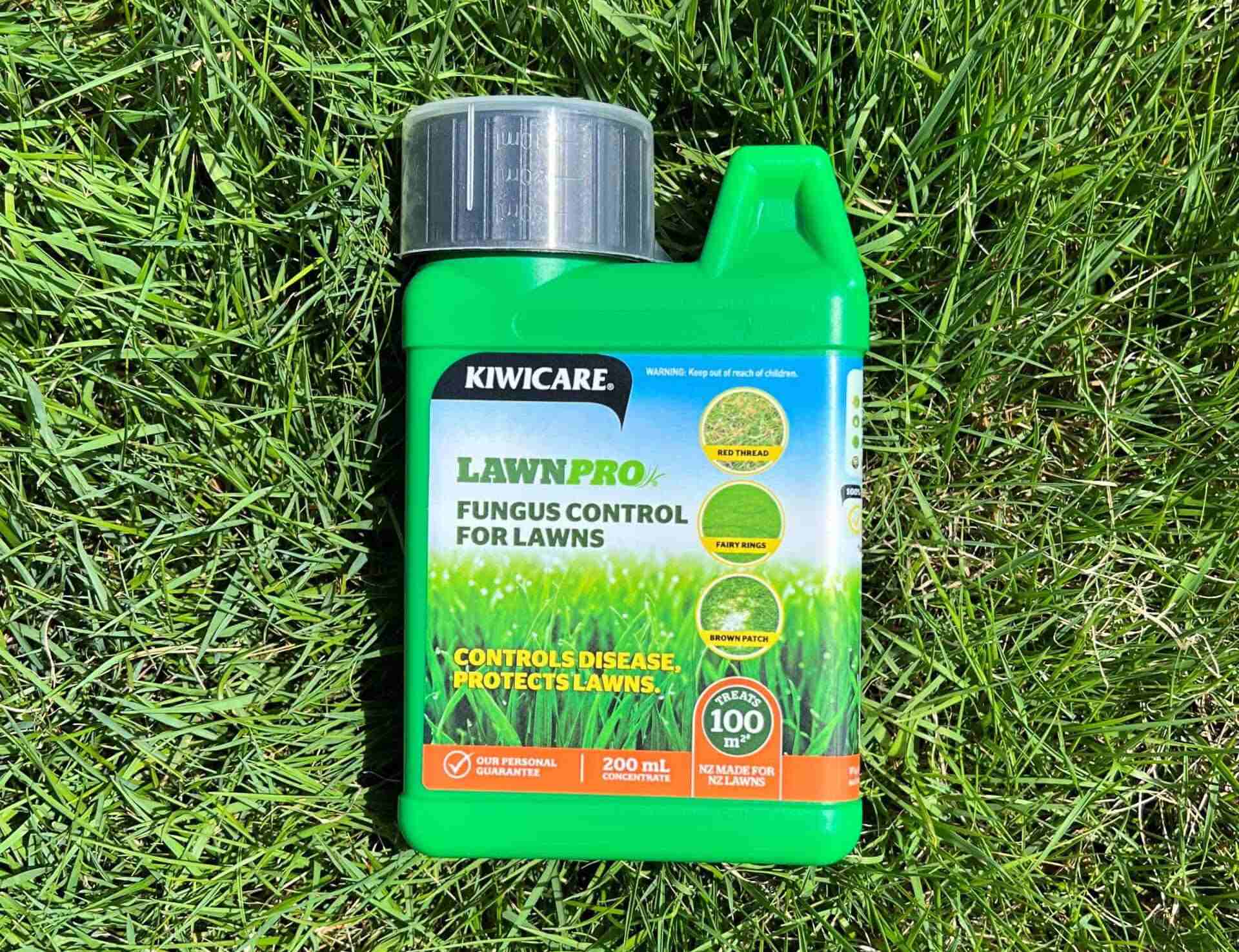

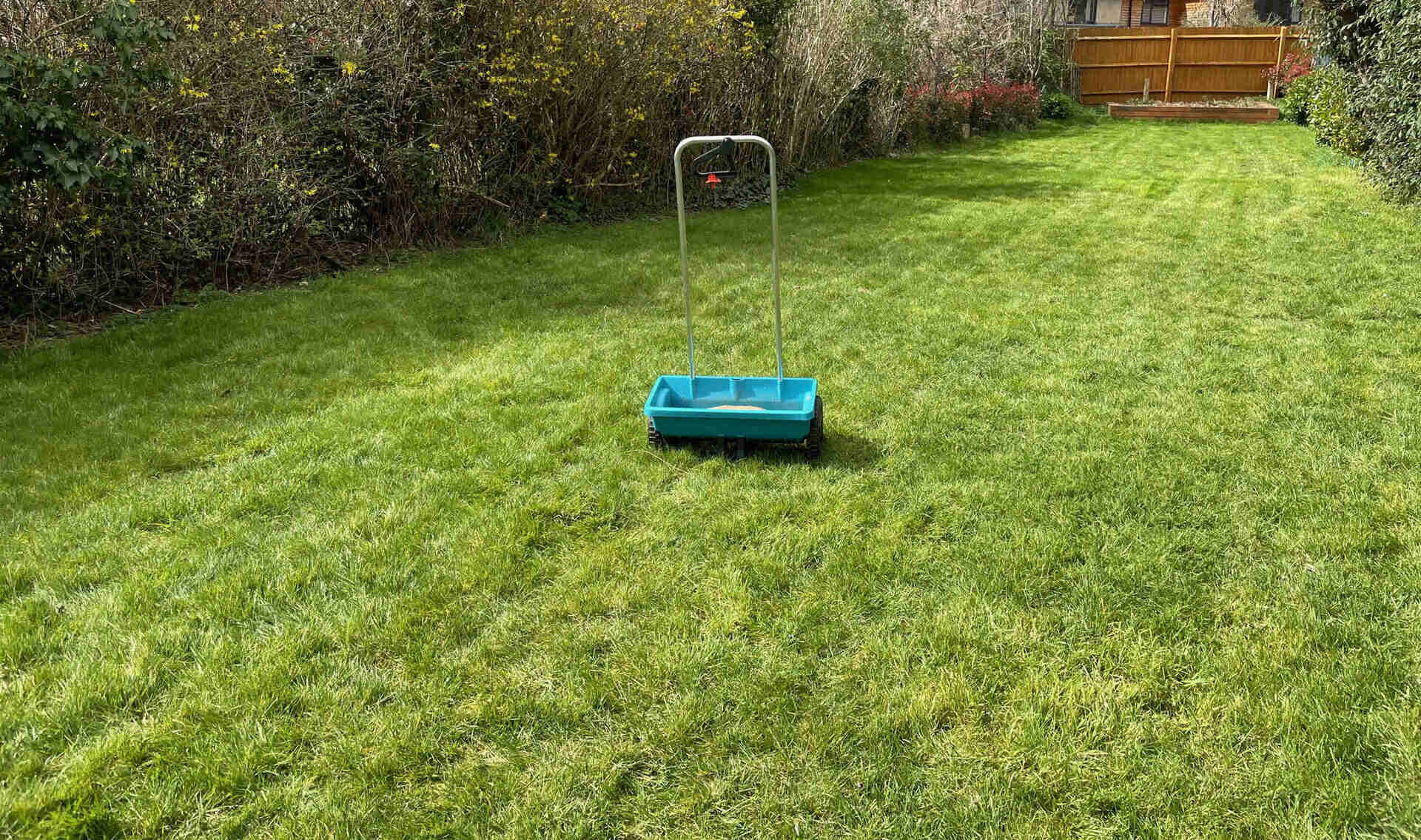
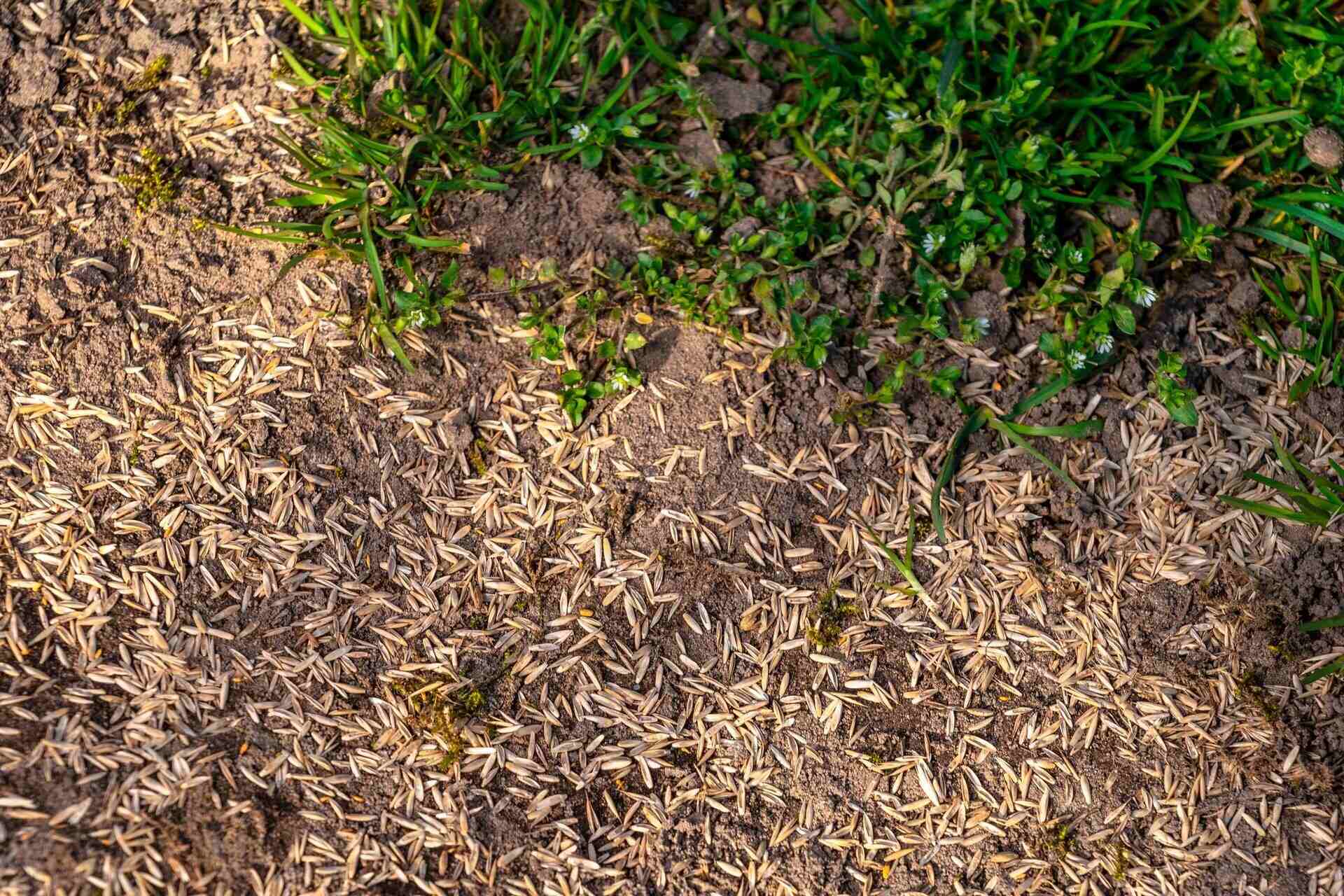
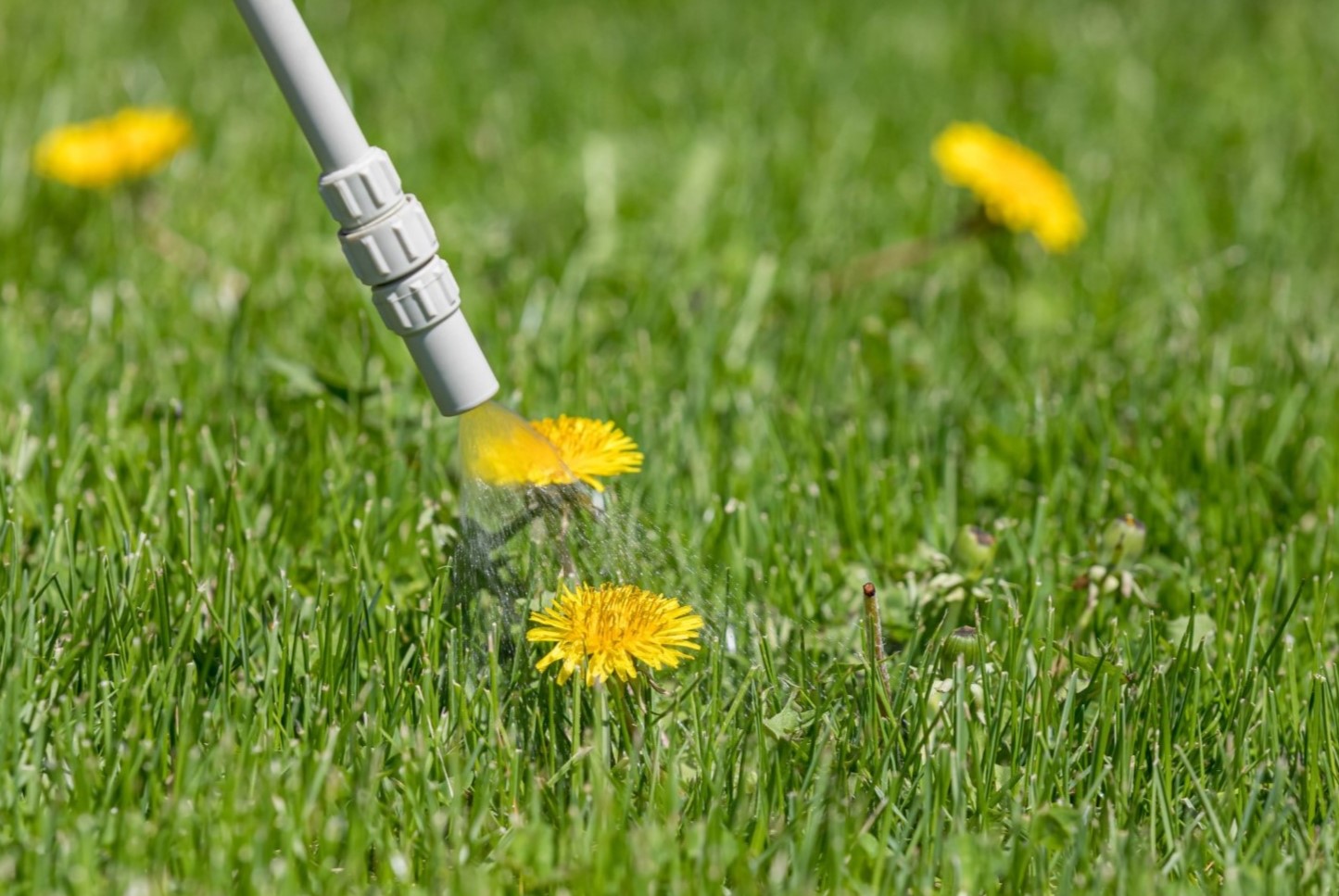
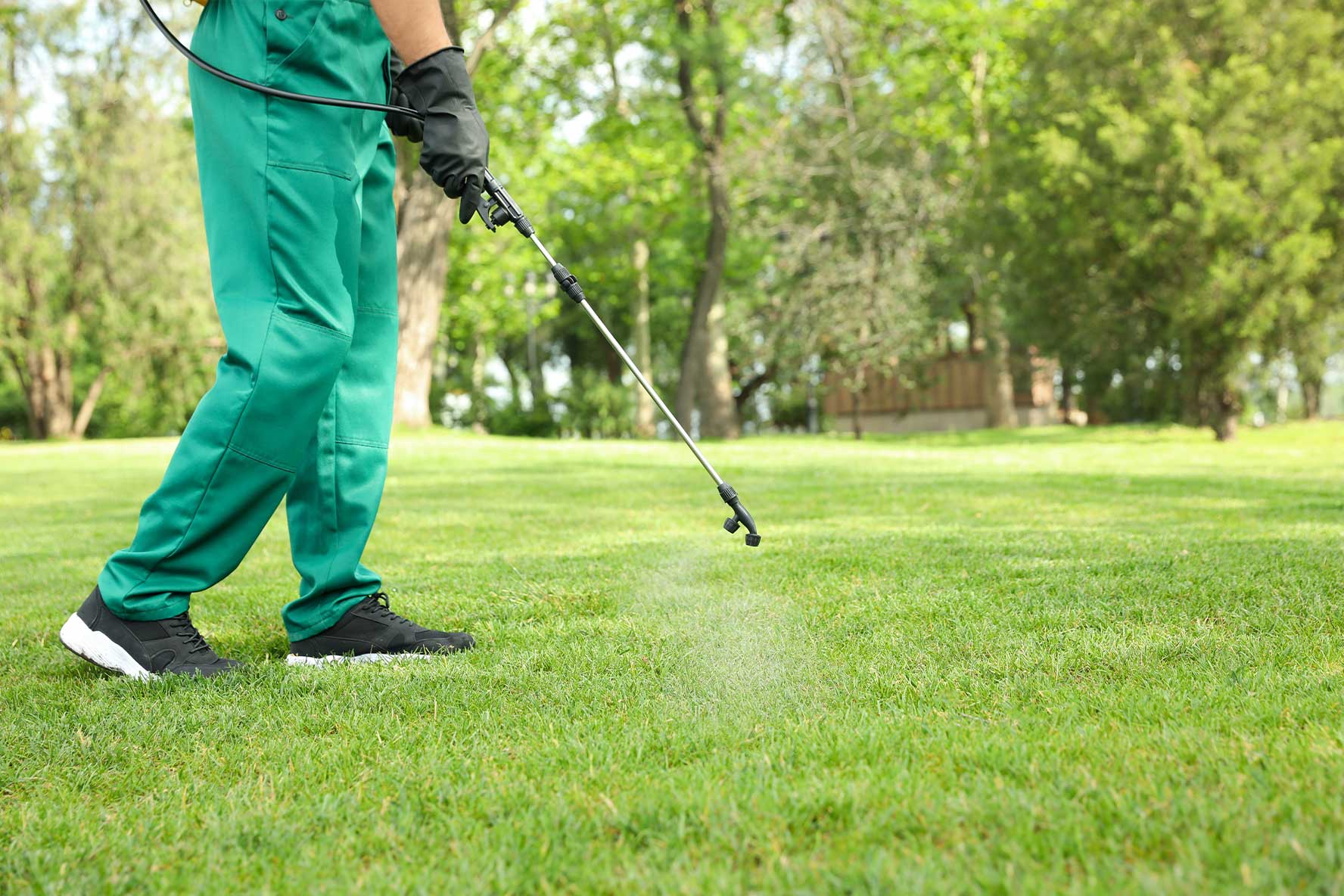
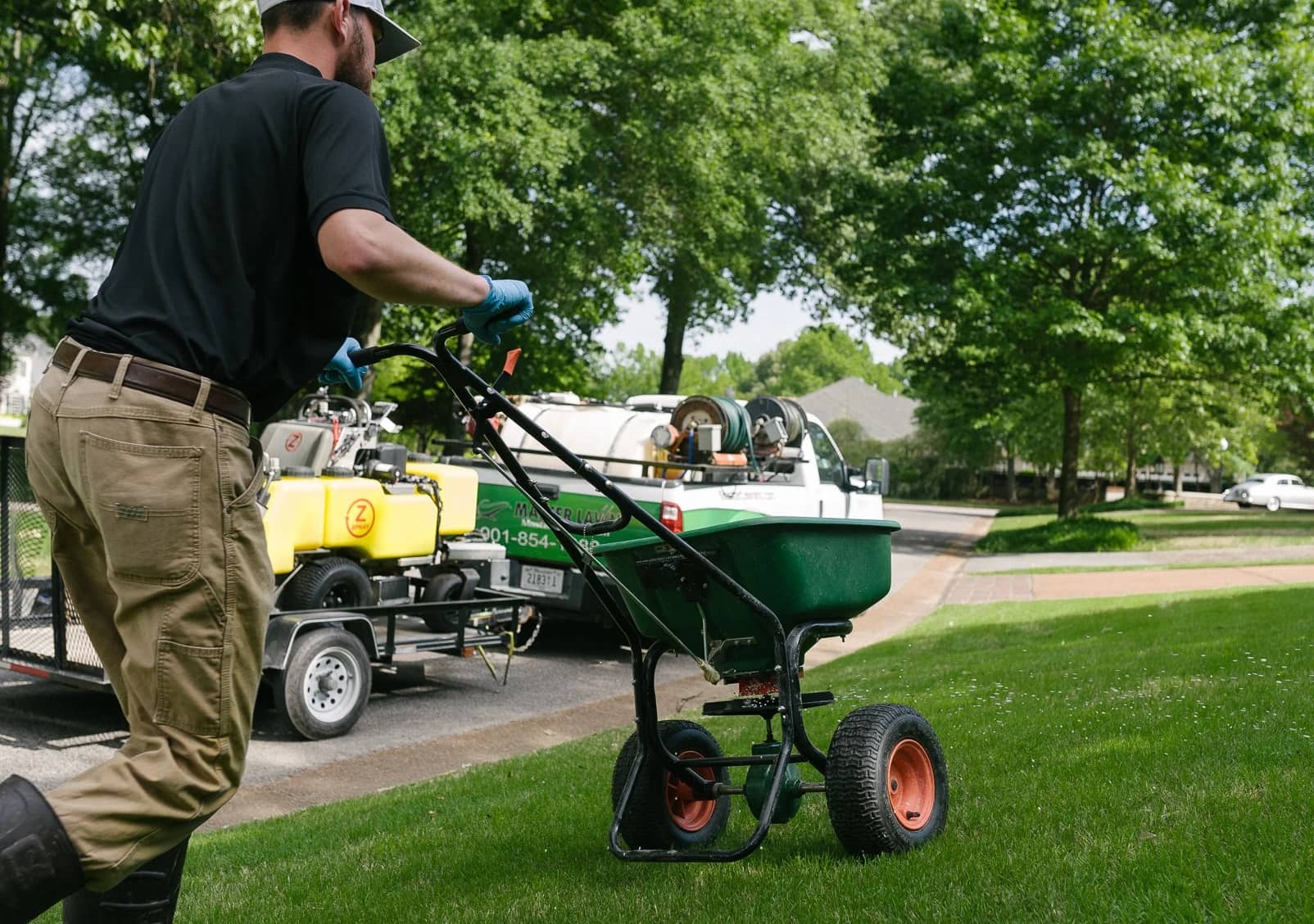
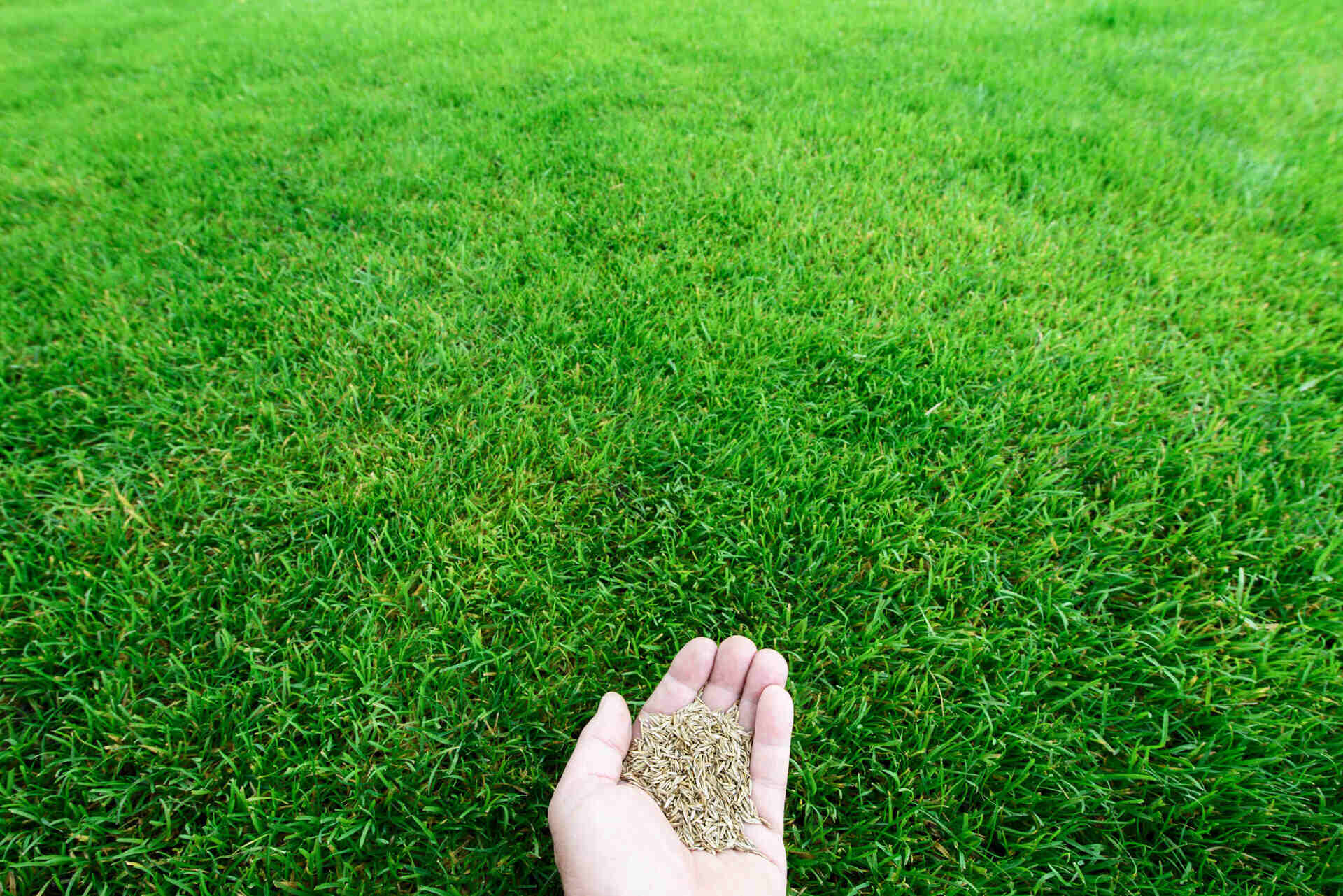
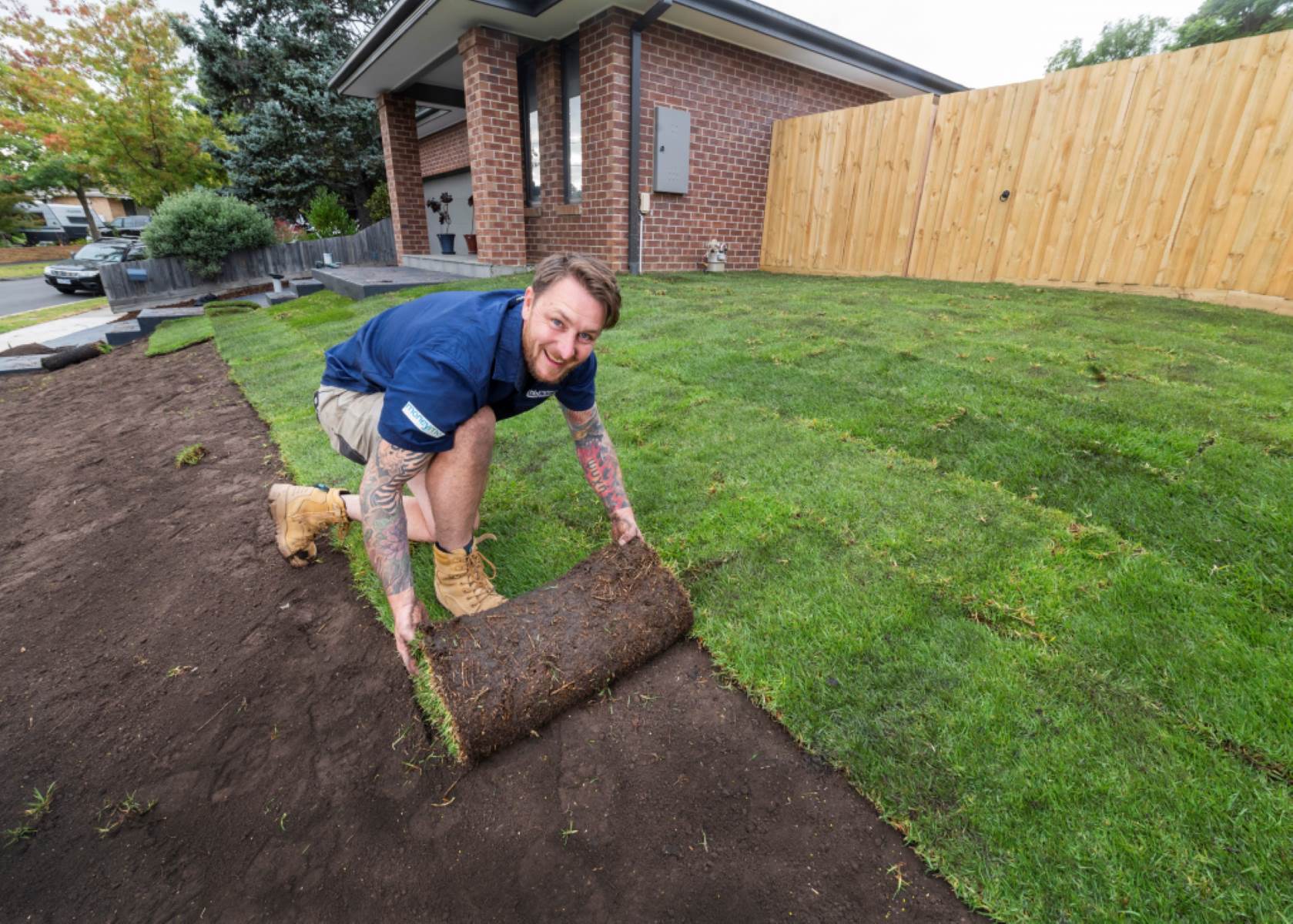
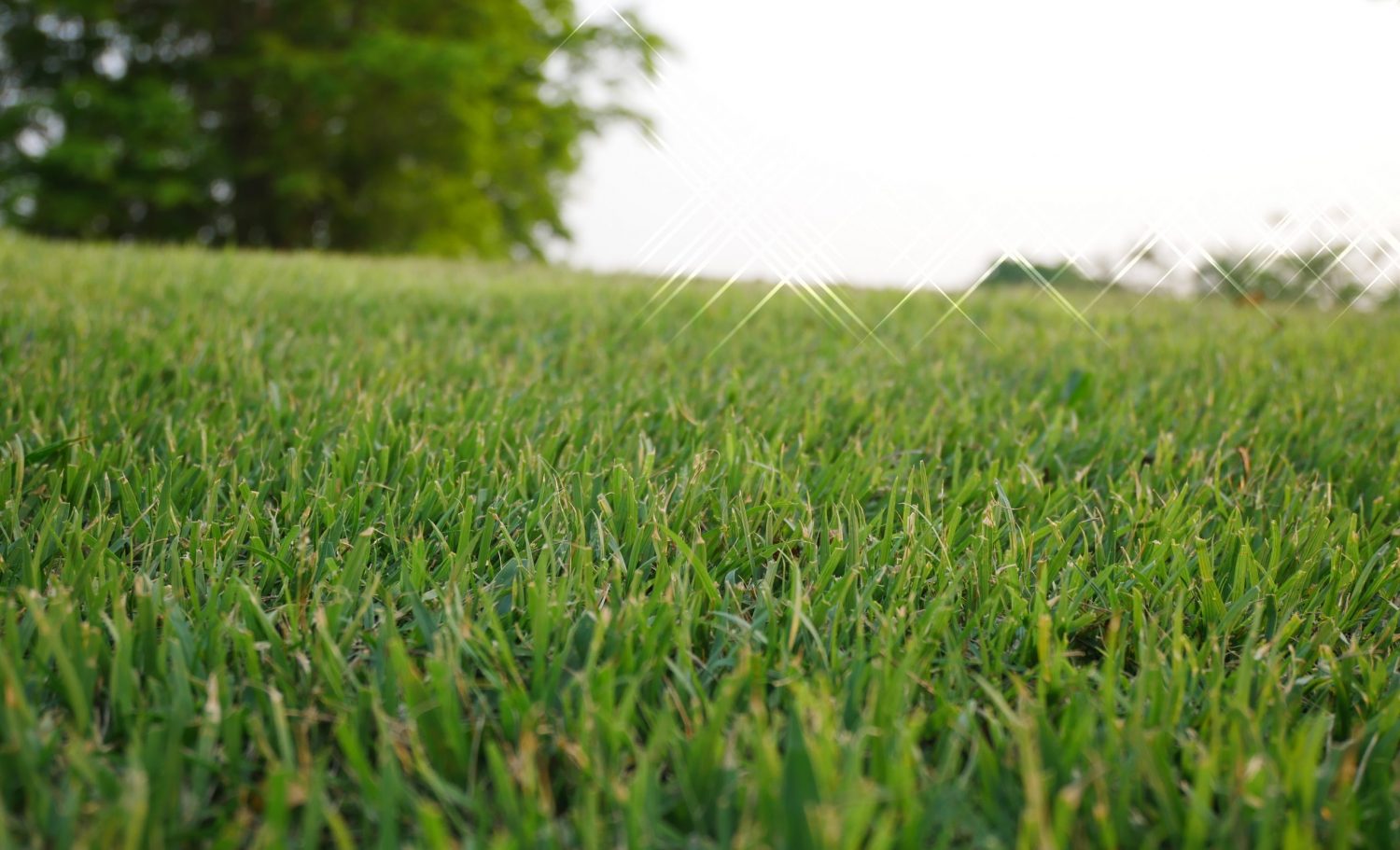
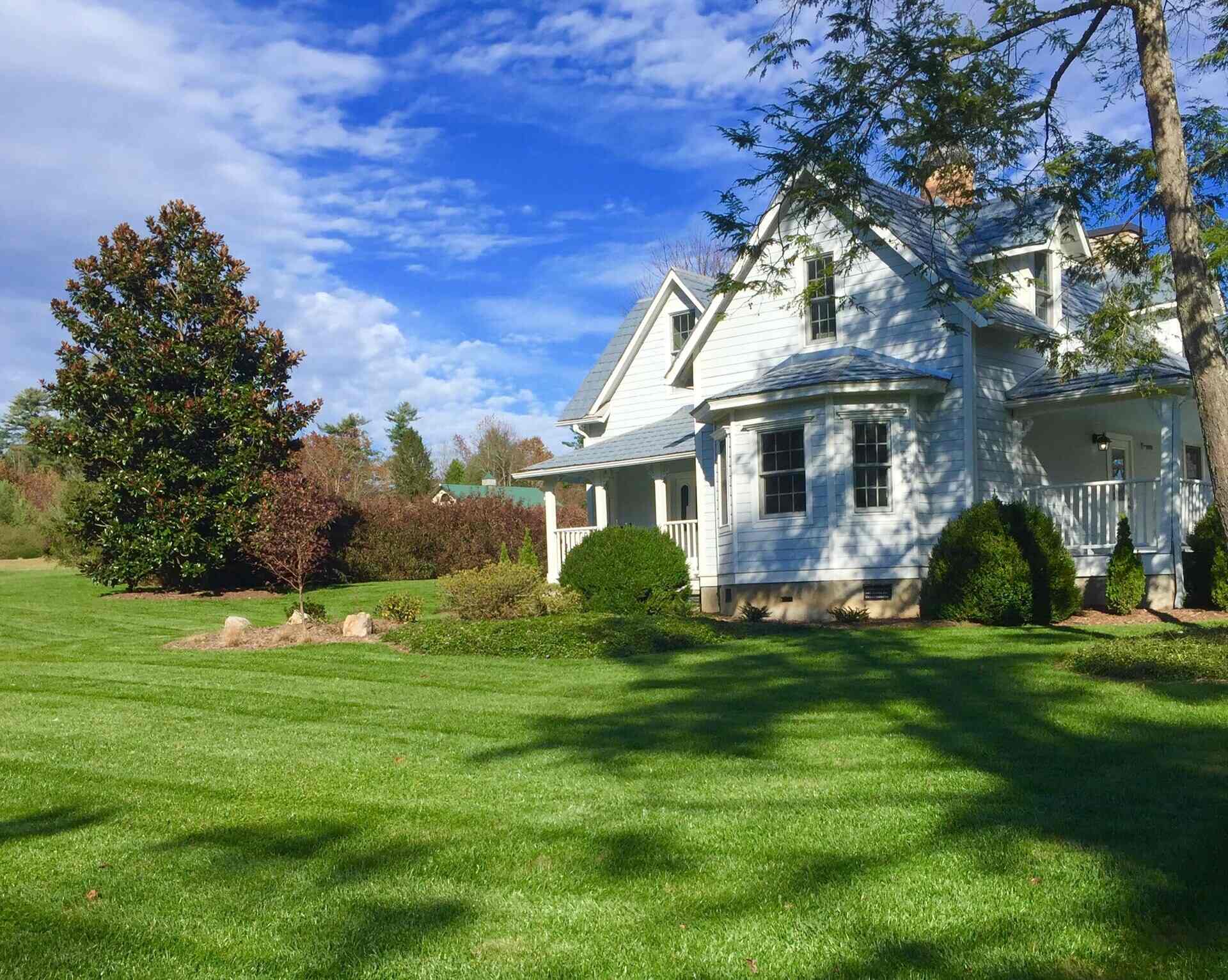
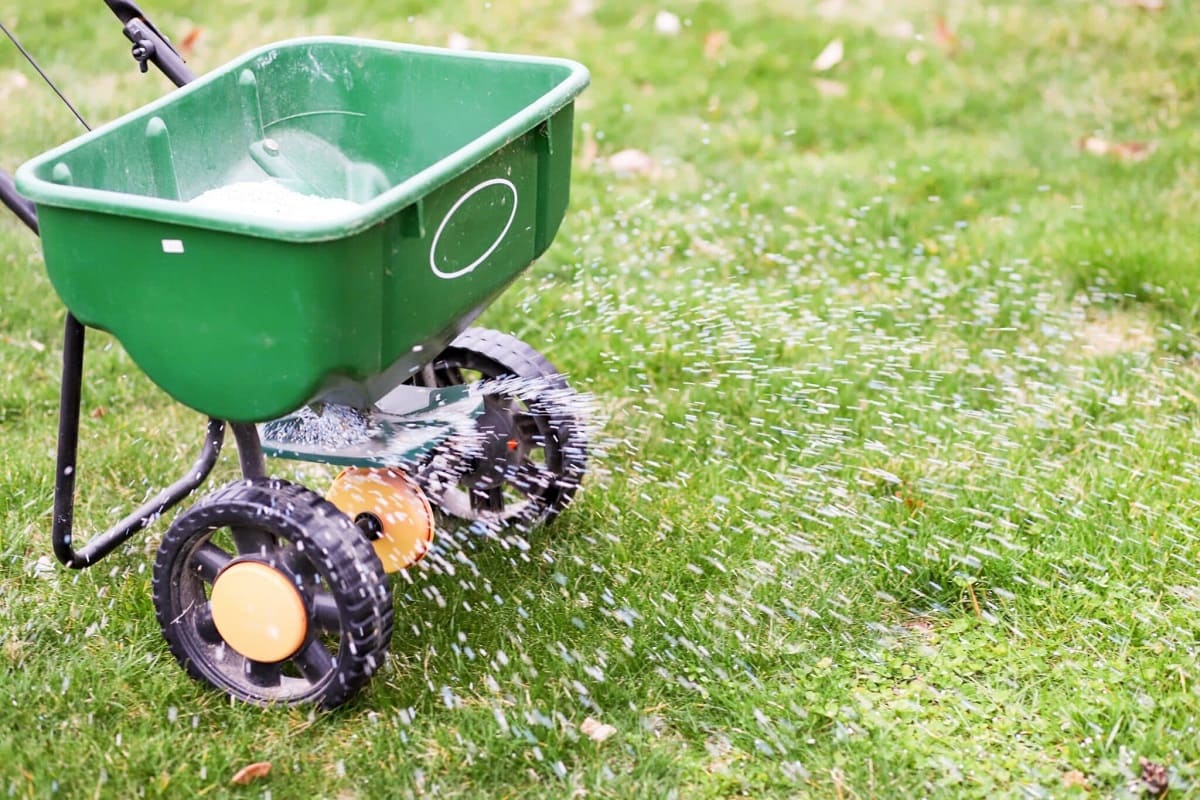

0 thoughts on “When To Grub Control For Lawns”